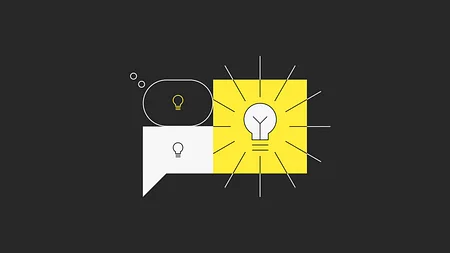BaaP (Banking as a Platform) Part 2 - How could banks develop their platform levers?
If you missed Part 1 of this 2 part piece then you can catch it here and catch up with the rest of the class: BaaP (Banking as a Platform) Part 1 – Why haven’t we seen a banking platform play?
All up to speed? Excellent. As you will already know from Part 1, Banking as a Platform has never really taken off for various reasons. Traditional approaches and business models are easy as the banks had full control. Financial services industry incumbents created products, pushed them out and sold them to their customers. Value was produced upstream by the banks and consumed downstream by the customers.
7 Layers of BaaP
We recommend the book Platform Leadership by Annabelle Gawer and Michael A. Cusumanoto to those who want to explore further what platform strategies are. We are borrowing from this book somewhat, especially from the authors’ four levers of platform leadership which we have expanded upon to create the “7 layers of BaaP”:What would a Bank BaaP look like?
But across these platform levers what could a bank BaaP be and how could it operate?6 key questions to enable banks for BaaP
1) What is the focus of your company?The technology architecture needed to support a platform strategy is radically different than the current ones implemented into most banking organizations. This maybe the most difficult lever to re-engineer, given the level of legacy debt in play, but it is one of the most needed. A holistic technology architecture where silos are broken down, open source and open standards are used judiciously, and where APIs are used widely is a must to include partners and interact with them, and to exchange or analyze the right information at the right time within the right situation. Most stakeholders know this, few have the right answer, including most incumbent software service providers. This will change though.
No platform vs. Absolute Platform
If we plot these paradigm shifts across these vectors, where the Financial services industry incumbents will have to move the dial from left (current status) to right (absolute platform status), the decisions for each vector become clear. I view these as meta vectors that can apply to front end, middleware, backend processes, people, products and services alike.It's clear from our research that BaaP in Banks is possible but will take a huge amount of change to take place. Examples of BaaP thinking is starting to emerge in Europe particularly taking advantage of favorable regulatory frameworks and market opportunities.
solarisBank
FinLeap’s, the Berlin FinTech startup factory, investment to create Solaris Bank as a BaaP offering opportunities to FinTech companies to take their services to market via an organization who is fully licensed to do so as a digital bank.Solaris Bank has been born out of the need of FinLeap to gain traction with some of their own startups who have failed to gain the umbrella of someone with a license.Solaris Bank is looking to offer a full range of transactional services, compliance, capital financing and loans through a range of FinTechs. These are aggregated into one uniformed service to the customer. It remains to be seen how their platform strategy will flesh out and which core services they will focus on and which ones they will partner for.
The Open Payments Ecosystem
The Open Payments Ecosystem (OPE) has been established by Ixaris with European Commission funding.The purpose of OPE is twofold:1 To make it easier for developers to build payment apps for banks by embracing Open APIs in a pre and post PSDII world.2 To make it easier for banks to safely access new payment technologies by providing resources like curated app marketplaces.The project features six “sub-systems,” each representing a different stage in the life cycle of payment services.1 A developer environment for payments app development and testing.2 A payments application store.3 A secure execution environment that prevents the original developer from accessing live customer data.4 A compliance system for the life cycle of the app.5 The ability to add additional service offerings for payment service providers6 A comprehensive data warehouse for business intelligenceWhile not fully a BaaP construct the OPE programme will offer, within the confinds of payments, all of the needed attributes to change how payments services are constructed and how people within the platform are remunerated. In its current guise, the OPE programme is the closest to the iTunes development platform model within banking that we have.
Mondo Bank
While most know Mondo Bank for their Alpha and Beta programme, and selling out of a million pound of stock in 96 seconds, they also made no secret of their longer term intensions to become a marketplace. We would define a marketplace strategy as a sub-set of a platform strategy and are, similar with solarisBank, intrigued by how Mondo’s thinking will develop.While their focus has been on creating a unique current account for the UK market they see the integration with innovative financial services and technology providers is an obvious step to giving customers control over their money. Instead of thinking that they “own the customer”, as most banks globally do, Mondo intend to give users the power to choose, based on price, convenience and customer-service from a range of services and products that are not created by them.
Tandem
Tandem is the second startup digital bank to have been granted a full license from UK regulators. Although more bank than marketplace, Tandem is focused on customer service as opposed to product offerings. As such this approach forces them to partner with best of breed offerings – not part of their core offering – and integrate such offerings to their platform for their own users’ benefits. Tandem does not give the power to choose, rather it curates best of breed offerings, and delivers a platform experience to its users.




